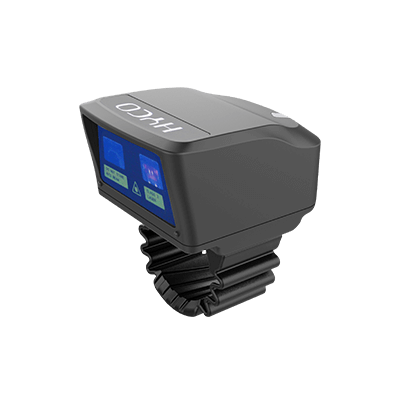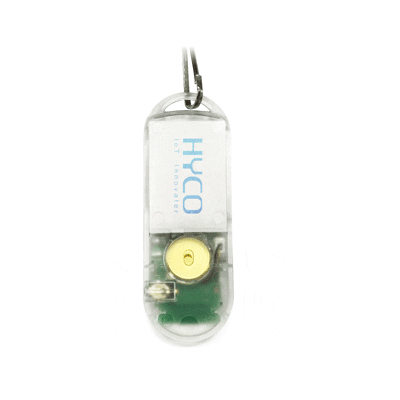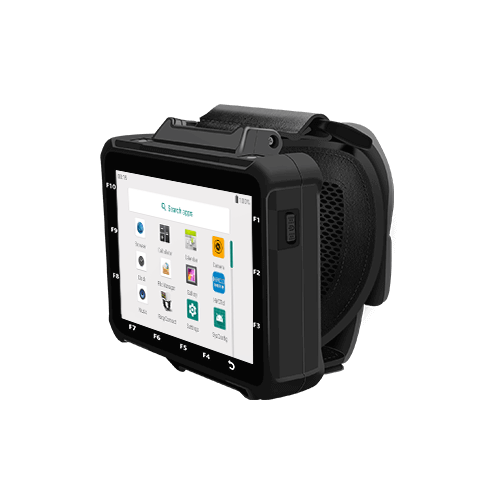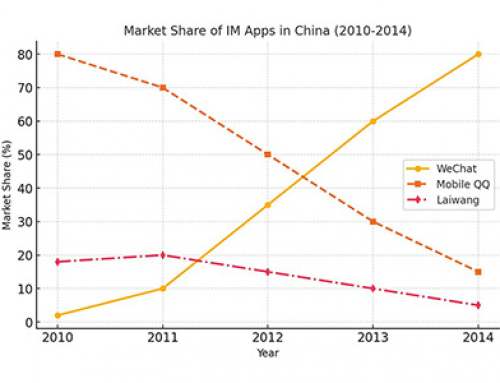Why EMC Design And Testing Matters When Buying IoT Devices
As more companies look to deploy Internet of Thing (IoT) devices to collect and transmit data, they need to make sure that this wireless hardware can operate in a work environment without being affected by other types of electronics.
The proper functioning of any wireless IoT device, whether it’s fixed, mobile, or wearable, requires it to have the highest possible level of Electromagnetic Compatibility (EMC) —- the ability of an electronic device to operate without interference from electromagnetic noise.
EMC Requirements For IoT Devices
When it comes to engineering IoT devices, the application of the EMC concept to the product design is crucial. A product maker for wireless IoT products must take into account two important EMC requirements.
1.The product must not interfere with other electronic devices. For wireless IoT products, parameters such as signal integrity, frequency range, and bandwidth settings must comply with relevant industry standards to ensure that other similar devices can operate normally.
2.The product must not be easily disrupted by radio signals or other devices. Avoiding that problem necessitates that the product must have strong anti-interference capabilities to remain reliable and stable in its operation.
Furthermore, when a wireless IoT product is worn by a worker on his or her body, it’s crucial that the device meet stringent EMC requirements. A wearable IoT device has to provide the highest level of protection from electrostatic discharge (ESD) - the release of static electricity that occurs when two objects come into contact.
Any wearable wireless IoT device that doesn’t meet those criteria won’t provide a good user experience as the product will lack stability, reliability, and even cause user discomfort. Meeting those standards requires the IoT device manufacturer to invest in rigorous testing and refinement to ensure operability.
Three Common Sources of Wireless Interference
When it comes to avoiding interference in using wireless IoT devices, there are three areas to watch out for:
- Signal Shielding by Metal Objects: Human bodies or metal racks in warehouses can shield wireless signals. Even large companies might overlook this in early product designs, as evidenced by the “death grip” issue with Apple's iPhone 1, where holding the phone near the antenna caused a significant signal drop. At HYCO, we carefully consider the impact of the human body when designing product antennas, sometimes even factoring the human body into the design parameters.
- Nearby high-power wireless interference: Adjacent high-power applications, such as large motors or high-voltage power lines, can cause interference. Engineers often overlook these interference sources during product design because such conditions are rare in a lab environment, leading to potential stability issues for wireless IoT devices.
- Crowded Frequency Bands: In environments where many devices operate on the same frequency, particularly in the 2.4GHz ISM band commonly used for WiFi, Bluetooth, and other remote communication devices, finding an available channel can be challenging. In densely packed environments like warehouses with numerous WiFi access points, IoT devices operating at 2.4GHz may experience communication failures or transmission errors due to the lack of open channels.
How Hyco Ensures EMC Standards Are Met
To optimize the performance of our IoT devices, HYCO Technology employs several strategies and methods during product design to ensure stable and reliable wireless communication. We make sure to address human body interference and apply the following measures:
1.Advanced Equipment and EDA Tools: We use state-of-the-art instruments and Electronic Design Automation (EDA) tools to optimize circuit design and ensure wireless signal quality. We also conduct simulations and implement redundancy designs to address potential signal distortion.
2.Environmental Testing: We anticipate and test for extreme conditions, such as environments saturated with WiFi access points on all available channels in the 2.4GHz ISM band. That way we’re certain our IoT devices maintain stable communication.
3.Interference Testing: We perform tests near powerful interference sources. They include reliability tests near high-power mobile stations and high-voltage power lines. Throughout testing, we continually refine the hardware, firmware, and communication protocols to ensure our products can maintain stable and reliable wireless communication even in the presence of strong interference sources.
IoT Devices Must Provide Stable Wireless Communication
Companies investing in IoT devices need to make sure that the products they buy provide for stable wireless communication. Here at Hyco we design and build our IoT products to achieve the best signal sensitivity possible so our customers receive a stable communication experience.






